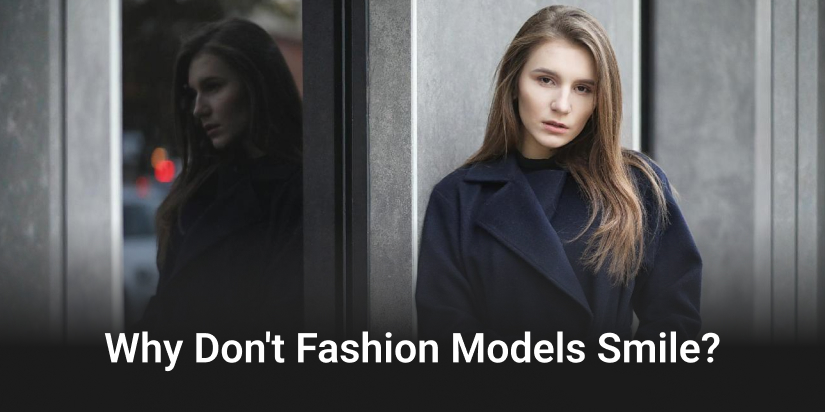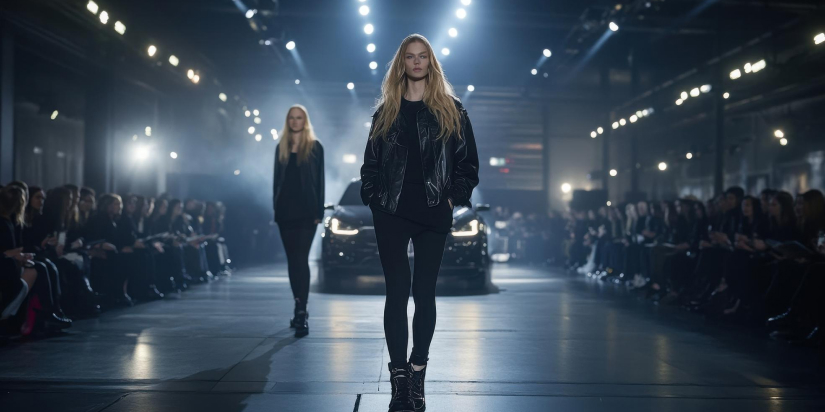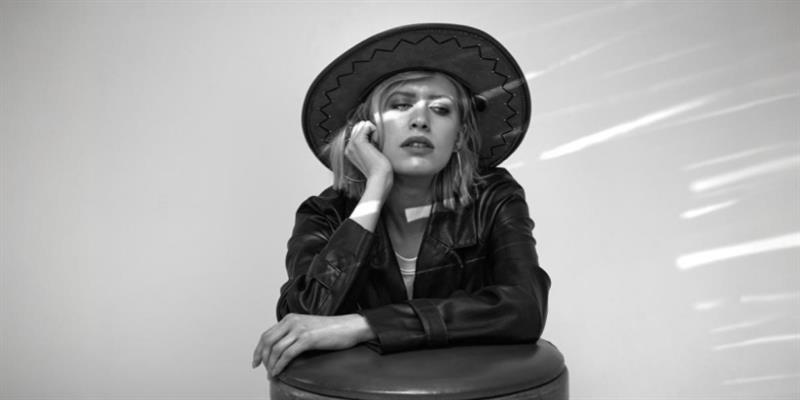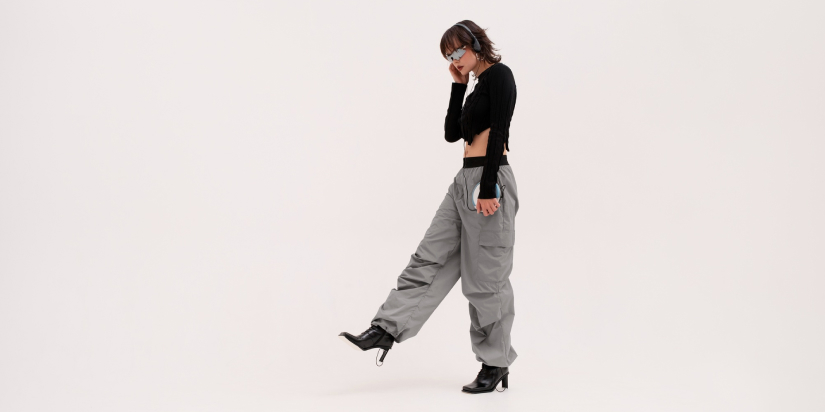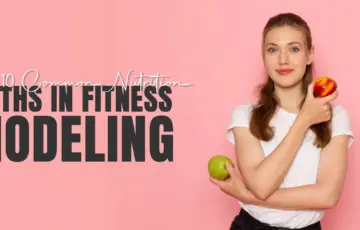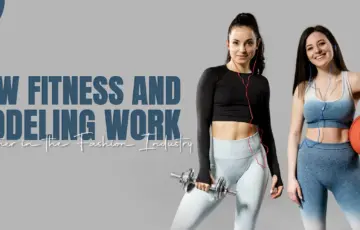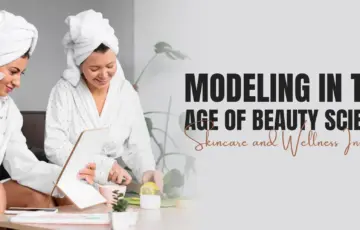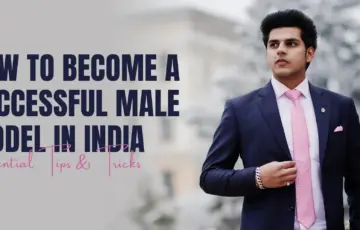If you’ve ever watched a fashion show or flipped through a high-fashion magazine, you’ve probably noticed something curious: most fashion models keep a straight face. Rarely do you see a beaming smile on the runway. But why fashion models don’t smile has less to do with mood and more to do with industry tradition, artistic choices, and brand strategy.
The Spotlight Belongs to the Clothes
At the heart of runway model behavior is one central idea: the clothes come first. The primary role of a fashion model is to bring the designer’s vision to life, and that means keeping distractions—like facial expressions—to a minimum. When a model smiles, it naturally draws attention to her face, diverting the viewer’s focus from the outfit.
As one fashion insider noted, “When they smile you look at their smile. When they don’t smile, you look at the dresses. It’s probably better for the dresses.” This reflects long-standing fashion industry standards, where presentation is carefully curated and emotionally neutral for maximum impact.
A Tradition Rooted in History and Status
To understand why fashion models don’t smile, one must look at the historical context. In aristocratic portraits from the 19th and early 20th centuries, serious expressions were associated with dignity, power, and exclusivity. The fashion world adopted this language early on, crafting a visual narrative that placed models in a realm above the everyday viewer.
This sense of distance and cool detachment became part of established runway model behavior, creating an air of elite sophistication. It also helped solidify fashion model expressions—or lack thereof—as a symbol of artistic seriousness and brand identity.
Professionalism and Focus
Runway walking is a performance, and it’s one that demands precision. Models must execute perfect posture, navigate elaborate choreography, and wear sometimes uncomfortable outfits or heels. It’s a task requiring immense focus and balance. In this setting, smiling becomes secondary to control and professionalism.
Neutral fashion model expressions also serve a visual purpose. Designers often seek a uniform, emotionless look to maintain the tone of their collections—particularly in high fashion. Such fashion industry standards help reinforce the desired mood, whether it’s minimal, dramatic, or avant-garde.
Additionally, serious modeling poses and expressions project a sense of confidence and control, resonating with the cool, edgy aesthetic favored in many designer collections.
Exceptions and Evolving Trends
While the unsmiling face is still dominant, the industry isn’t without its playful moments. Designers like Jean Paul Gaultier and brands known for bold storytelling occasionally break the mold, inviting models to smile, laugh, or interact with the audience. These joyful moments are still rare, but they’re proof that modeling poses and expressions aren’t fixed in stone.
Social media has also begun reshaping expectations. Today’s models are often influencers, and their off-runway content shows more personality and warmth. Still, during official shows and editorial shoots, traditional fashion model expressions remain the norm.
A Symbol of Fashion’s Serious Side
In the end, the reason why fashion models don’t smile isn’t just about tradition—it’s about the message. A serious face signals exclusivity, elegance, and a blank canvas for artistic interpretation. It’s a tool that reinforces fashion industry standards and keeps attention on the designs, not the individuals wearing them.
So the next time you see a model gliding down the catwalk with a serious expression, remember: their face is part of the frame, not the focus. And while runway model behavior often appears stoic, beyond the catwalk, smiles are just as much in vogue as ever.

